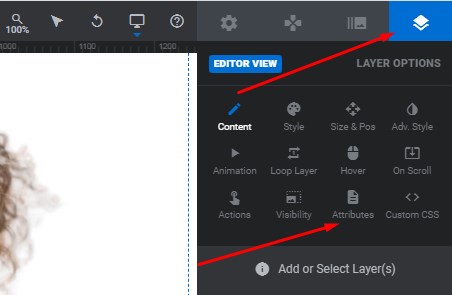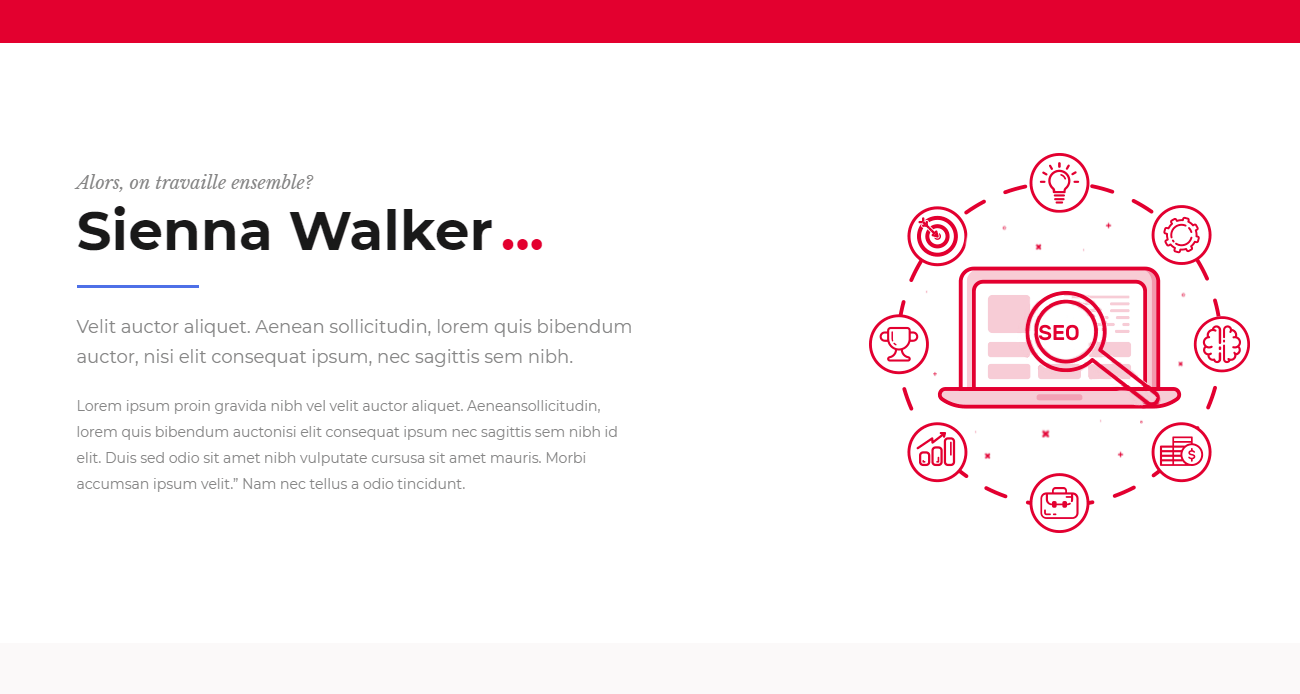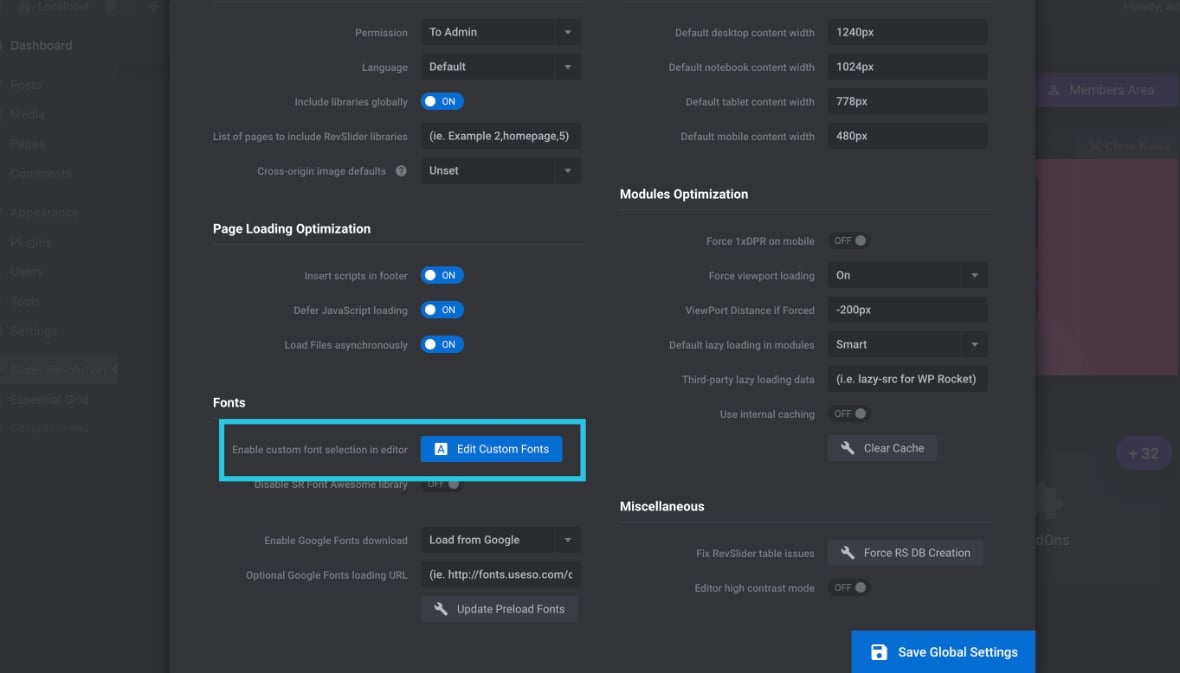

You can enable the particles using these options, but to actually fine tune the particles you need to use the top breadcrumb of teh Navigation Collapse Element to access the Menu > Links > Particles.


It will show if the current link is a child of another link.
#Revolution slider force inherit font family code#
The final code of the HTML file will look like this.Į. Once the styling is done, in the body section, we will call two paragraphs. Since this example is using internal CSS, we will declare the styling in the header section.Ĭ. We will execute the same code, using internal CSS in this example.ī. Example #2ĭemonstration of Inheritance using Internal CSS.Ī.

However, the next paragraph was defined with a class, and hence it has inherited the properties it was explicitly made to, and rest are its own properties as defined in the CSS code. As we can see in the screenshot above, the first paragraph which was written under tag inherited all its properties from that of the body. When we will save these files and open the html file through the browser, the following output will be generated. Some of the properties are inherited in a child class. Body tag has been styled for certain properties like color, font-style, font-size, etc. This paragraph will demonstrate the use of inheritance. The final code for the HTML page will look like this. Rest of the properties have been defined separately for the child class This is the paragraph which uses the child entity, where we have inherited the properties color and font-family. In the body section, we will call for a paragraph and then another one with the class. Moving on to the HTML file, since this is an external CSS example, we will call the CSS file in the header section. Please note, other properties can be added as per the choice.Į. The final CSS code should be similar to this. Once the body is styled for, we will define a child class and inherit the property.ĭ. Font-family: 'Franklin Gothic Medium', 'Arial Narrow', Arial, sans-serif Ĭ.


 0 kommentar(er)
0 kommentar(er)
